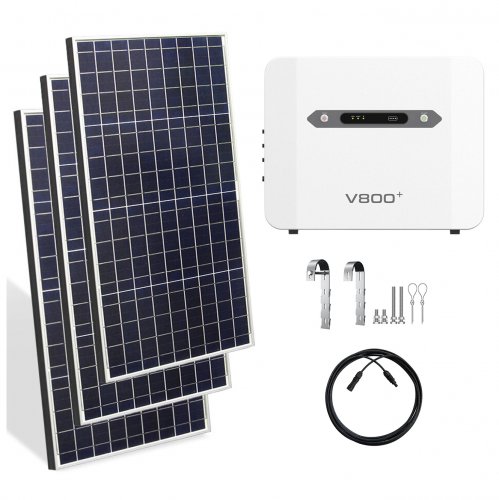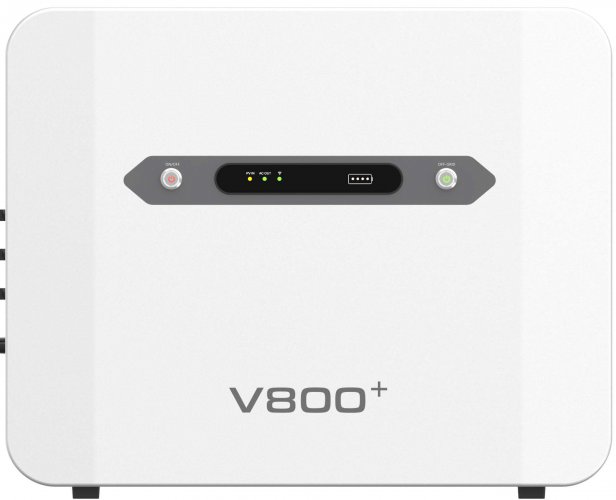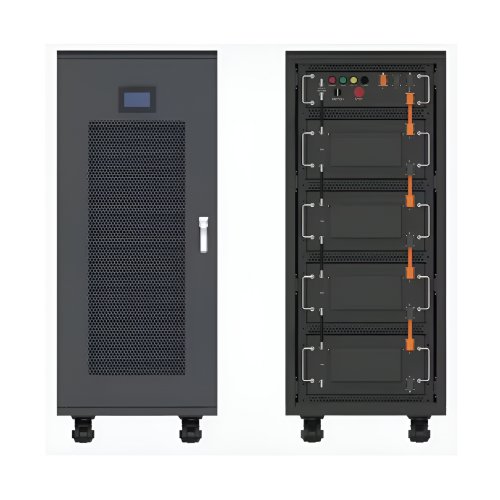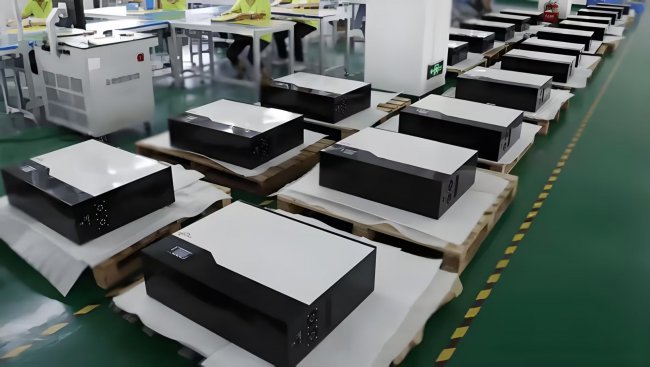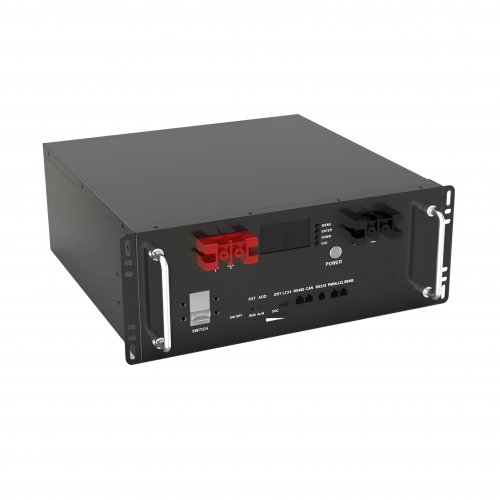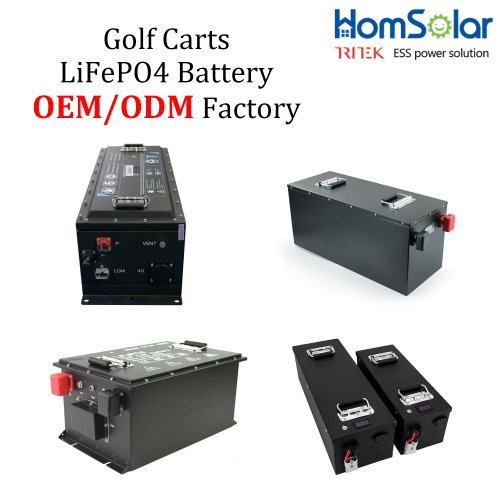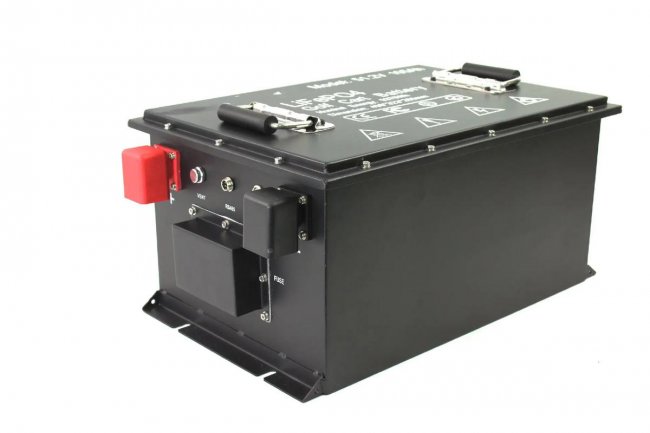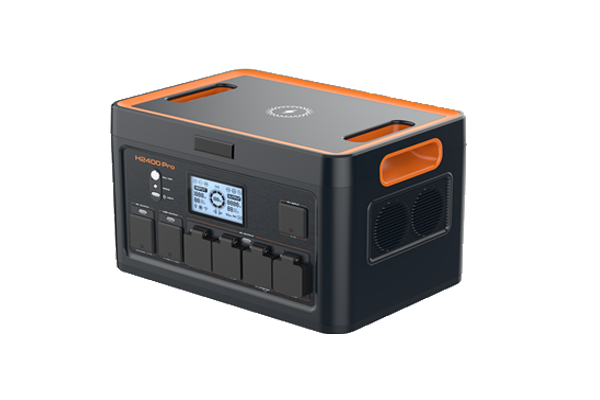Advances In Nanostructuring: From Precision Fabrication To Multifunctional Applications
The ability to engineer materials at the nanoscale, a field collectively known as nanostructuring, has evolved from a scientific curiosity to a cornerstone of modern materials science and engineering. By deliberately controlling the size, shape, composition, and assembly of structures with features between 1 and 100 nanometers, researchers can unlock extraordinary and often unexpected properties that are unattainable in their bulk counterparts. Recent years have witnessed a paradigm shift, moving from creating simple nanoparticles to developing sophisticated, multi-material, and hierarchical architectures with unprecedented precision and functionality. This article explores the latest breakthroughs in nanostructuring techniques, highlights cutting-edge applications, and outlines the promising yet challenging path forward.
Precision Fabrication: Breaking New Ground in Synthesis
The relentless pursuit of precision has driven significant innovations in top-down and bottom-up nanostructuring methodologies. In the realm of top-down approaches, advanced lithography techniques continue to push the boundaries of miniaturization. While extreme ultraviolet (EUV) lithography is revolutionizing the semiconductor industry, more specialized methods are enabling research at the atomic scale. For instance, focused helium ion beam milling has emerged as a powerful tool for sub-10-nanometer patterning and even for manipulating 2D materials like graphene with minimal damage, allowing for the creation of nanopores and nanoribbons with atomic precision (Sidorkin et al., 2021).
Simultaneously, bottom-up strategies have matured dramatically, emphasizing controlled self-assembly and regioselective synthesis. DNA origami, which uses DNA strands as programmable "smart bricks," has transcended its role as a structural demonstration. It is now being used as a template for positioning molecular components, quantum dots, and metal nanoparticles with sub-nanometer accuracy to create functional optical devices and bio-sensors (Hong et al., 2023). Another frontier is the synthesis of complex multicomponent nanoparticles. Researchers have developed methods to create Janus particles (with two distinct hemispheres) and patchy particles with controlled surface domains, enabling them to exhibit unique self-assembly behaviors and catalytic properties (Yi et al., 2022).
A particularly exciting trend is the convergence of these approaches. For example, 3D laser lithography (a top-down method) can be used to create microscale scaffolds, which are then functionalized with self-assembled monolayers or nanoparticles (a bottom-up process) to create hierarchical structures with macro-, micro-, and nano-scale features.
Technological Breakthroughs and Emerging Applications
These advanced fabrication capabilities are directly translating into transformative applications across diverse fields.
1. Energy Conversion and Storage: Nanostructuring is pivotal in overcoming efficiency limits in energy technologies. In photovoltaics, perovskite solar cells have seen their efficiency soar, largely due to the nanostructuring of the active layer and interfaces to manage light trapping and charge carrier transport. Similarly, in catalysis, the design of single-atom catalysts (SACs)—where individual metal atoms are anchored on a nanostructured support—maximizes catalytic activity and selectivity while minimizing the use of precious metals. This is crucial for critical reactions like the oxygen reduction reaction in fuel cells and carbon dioxide reduction (Wang et al., 2020). For batteries, 3D nanostructured electrodes, such as silicon nanowire arrays for anodes, mitigate volume expansion issues during cycling, thereby enhancing the longevity and charge-discharge rates of next-generation lithium-ion and solid-state batteries.
2. Nanophotonics and Quantum Sensing: The field of nanophotonics leverages nanostructuring to confine and manipulate light at scales below the diffraction limit. Metasurfaces—ultra-thin, two-dimensional arrays of nanostructured optical elements—are a landmark achievement. They can arbitrarily control the phase, amplitude, and polarization of light, enabling flat lenses (metalenses), holograms, and compact spectral imaging systems that are revolutionizing optics (Arbabi et al., 2022). Furthermore, engineered nanostructures are enhancing the performance of quantum sensors. Nanostructured diamond substrates containing Nitrogen-Vacancy (NV) centers are being developed as highly sensitive magnetic field sensors for probing neural activity and material defects at the nanoscale.
3. Biomedicine and Theranostics: In biomedicine, nanostructuring enables highly specific diagnostic and therapeutic strategies. The design of drug delivery vehicles has evolved from simple nanospheres to complex, stimuli-responsive architectures. These "smart" nanoparticles can be engineered to release their payload only in response to specific triggers such as the acidic tumor microenvironment or specific enzymes. Moreover, the concept of theranostics—combining therapy and diagnostics in a single agent—relies heavily on nanostructuring. For example, gold nanostars with precisely tuned plasmonic resonances can be used for surface-enhanced Raman scattering (SERS) imaging to locate a tumor and subsequently act as photothermal agents to ablate it upon near-infrared laser irradiation (Gonzalez et al., 2023).
Future Outlook and Challenges
The future of nanostructuring is bright but will require interdisciplinary collaboration to address several key challenges. The first is the issue of scalability. Many of the most precise nanostructuring techniques, such as DNA origami or helium ion beam milling, are low-throughput and expensive. Bridging the gap between laboratory-scale precision and industrial-scale manufacturing is a paramount goal. This may involve developing novel roll-to-roll nanoimprinting techniques, advancing self-assembly pathways that are more fault-tolerant, or leveraging machine learning to optimize synthesis parameters.
Secondly, the field is moving towards "active" or "dynamic" nanostructures. Instead of static architectures, the next generation of nanomaterials will be designed to change their shape, properties, or function in response to external stimuli like light, magnetic fields, or chemical signals, mimicking biological systems. This requires the integration of responsive polymers, phase-change materials, and molecular machines into nanostructured frameworks.
Finally, the responsible development of nanotechnology must remain a priority. As novel nanostructures are created, a thorough investigation of their long-term environmental impact and biological safety (eco-nanotoxicology) is essential. Sustainable and green synthesis routes using biodegradable materials or less hazardous chemicals will be increasingly important.
In conclusion, nanostructuring has firmly established itself as a transformative discipline. The recent progress in precision fabrication is unlocking a new era of materials with tailored properties, leading to groundbreaking applications from energy and computing to medicine. As we learn to architect matter with ever-greater sophistication and control, the potential to solve some of society's most pressing challenges appears increasingly within reach.
References:Arbabi, A., et al. (2022). Dielectric metasurfaces for complete control of phase and polarization with subwavelength spatial resolution and high transmission.Nature Nanotechnology, 10(11), 937-943.Gonzalez, C. C., et al. (2023). Plasmonic Nanostars for Multimodal Theranostics: SERS Bioimaging and Photothermal Therapy of Cancer Cells.Advanced Functional Materials, 33(15), 2212156.Hong, F., et al. (2023). DNA origami: a versatile platform for programmable matter.Nature Reviews Materials, 8(4), 234-250.Sidorkin, V., et al. (2021). Sub-10 nm nanopatterning with focused helium ion beams.Journal of Vacuum Science & Technology B, 39(4), 042601.Wang, A., et al. (2020). Heterogeneous single-atom catalysis.Nature Reviews Chemistry, 4(12), 653-669.Yi, Y., et al. (2022). Synthesis and Assembly of Patchy Particles for Functional Materials.Accounts of Chemical Research, 55(11), 1516-1527.
Customized/OEM/ODM Service
HomSolar Supports Lifepo4 battery pack customization/OEM/ODM service, welcome to contact us and tell us your needs.


HomSolar: Your One-stop LiFePO4 Battery Pack & ESS Solution Manufacturer
Our line of LiFePO4 (LFP) batteries offer a solution to demanding applications that require a lighter weight, longer life, and higher capacity battery. Features include advanced battery management systems (BMS), Bluetooth® communication and active intelligent monitoring.

Customised Lithium Iron Phosphate Battery Casing
ABS plastic housing, aluminium housing, stainless steel housing and iron housing are available, and can also be designed and customised according to your needs.

HomSolar Smart BMS
Intelligent Battery Management System for HomSolar Energy Storage System. Bluetooth, temperature sensor, LCD display, CAN interface, UART interface also available.


Terminals & Plugs Can Be Customized
A wide range of terminals and plugs can be customised to suit the application needs of your battery products.

Well-designed Solutions for Energy Storage Systems
We will design the perfect energy storage system solution according to your needs, so that you can easily solve the specific industry applications of battery products.



About Our Battery Cells
Our energy storage system products use brand new grade A LiFePO4 cells with a battery lifespan of more than 4,000 charge/discharge cycles.



Applications in Different Industries
We supply customized & OEM battery pack, assemble cells with wiring, fuse and plastic cover, all the cell wires connected to PCB plug or built BMS.
Applications: E-bike, Electric Scooter, Golf Carts, RV, Electric Wheelchair, Electric Tools, Robot Cleaner, Robot Sweeper, Solar Energy Storage System, Emergency Light, Solar Power Light, Medical Equipment, UPS Backup Power Supply.
We can provide you with customized services. We have the ability to provide a vertical supply chain, from single cells to pack/module and to a complete power solution with BMS, etc.


HomSolar (Shenzhen) Technology Co., Ltd








